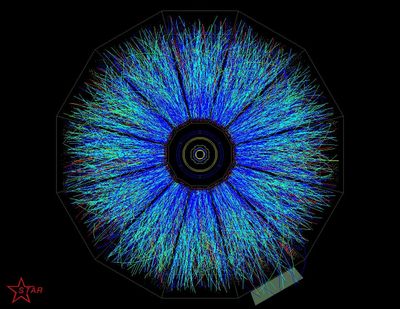I don’t know whether you caught this already, but if not, do consider listening to the 2nd November edition of BBC Radio 4’s “In Our Timeâ€. It is about Poincaré, his work, and the famous conjecture. From their website’s page on the programme:
The great French mathematician Henri Poincaré declared: “The scientist does not study mathematics because it is useful; he studies it because he delights in it, and he delights in it because it is beautiful. If nature were not beautiful, it would not be worth knowing and life would not be worth living. And it is because simplicity, because grandeur, is beautiful that we preferably seek simple facts, sublime facts, and that we delight now to follow the majestic course of the stars.â€
Poincaré’s ground-breaking work in the 19th and early 20th century has indeed led us to the stars and the consideration of the shape of the universe itself. He is known as the father of topology – the study of the properties of shapes and how they can be deformed. His famous Conjecture in this field has been causing mathematicians sleepless nights ever since. He is also credited as the Father of Chaos Theory.
So how did this great polymath change the way we understand the world and indeed the universe? Why did his conjecture remain unproved for almost a century? And has it finally been cracked?
It is a particulalry good programme this time. This is a programme that focuses mostly on philosophy, and is often accused of being only rather superficial when it comes to covering the more hardcore and up-to-date science, but not this time. The guests are […] Click to continue reading this post →
 Just caught a Futurama episode on Cartoon Network’s Adult Swim. All I can say is: Go and find the episode called “Time Keeps on Slipping”. It is hilarious. It is a brilliant mixture of physics and basketball jokes. Time is slipping uncontrollably due to an interplanetary basketball game…. Earth has been challenged by the planet Globetrotter, for … No reason – absolutely no stakes beyond the shame of defeat. (Found a random site here with some information that may or may not be helpful.)
Just caught a Futurama episode on Cartoon Network’s Adult Swim. All I can say is: Go and find the episode called “Time Keeps on Slipping”. It is hilarious. It is a brilliant mixture of physics and basketball jokes. Time is slipping uncontrollably due to an interplanetary basketball game…. Earth has been challenged by the planet Globetrotter, for … No reason – absolutely no stakes beyond the shame of defeat. (Found a random site here with some information that may or may not be helpful.) 
















